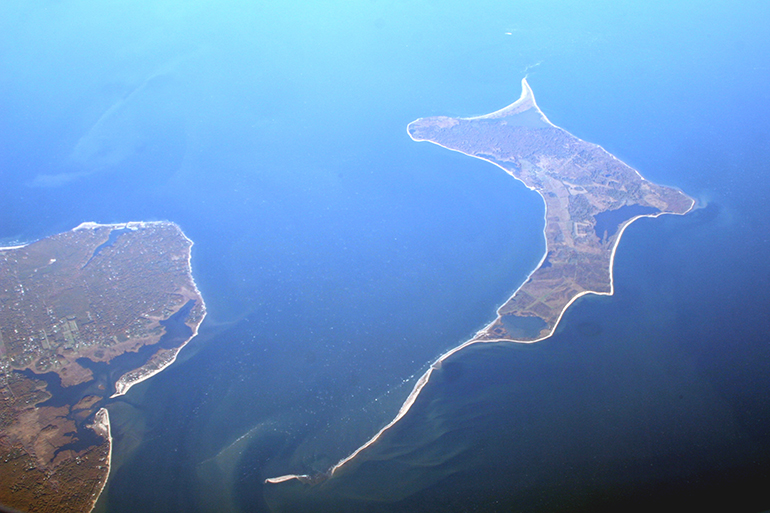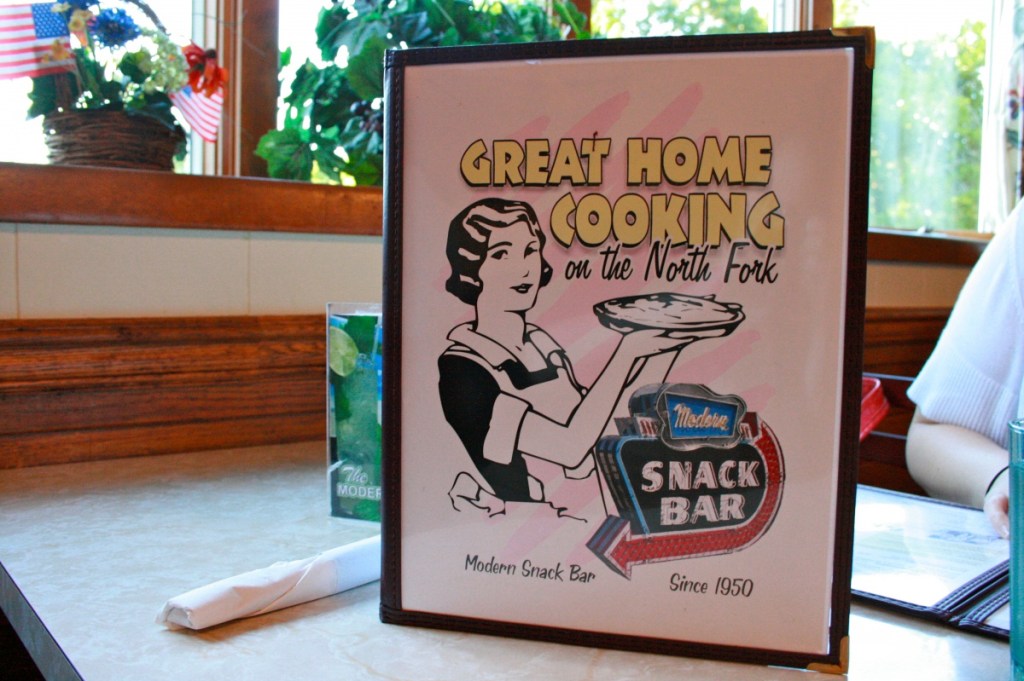Gardiners: The Family Fight to Control the Largest Waterfront Parcel in the Hamptons

One of the three major participants in the battle for ownership of the largest piece of undeveloped oceanfront real estate in the Hamptons died last week in New York City at the age of 96. His name was Robert G. Goelet.
The real estate is a 3,300-acre parcel of land with 27 miles of coastline. The battle for this property, strung out in the media like dirty laundry for 22 years, only ended in 2004. It was quite something.
When I first came to the Hamptons in the 1950s, it was my understanding that this property, a large privately owned island off of Amagansett, was owned by Robert David Lion Gardiner. Gardiner was a public figure in the Hamptons back then. He kept a yacht in Three Mile Harbor called the Laughing Lady, which ferried him and his guests out to Gardiners Island. He would tell anyone who listened that this island was the largest privately owned island in the United States still owned by its founding family. That the deed for it was kept in a safe at the J.P. Morgan bank in Manhattan. And that the seller, the Chief of the Montaukett Indians, had, in 1639, put his mark on the sale in exchange for a large dog, a gun, ammunition, rum and a handful of blankets. The buyer was an Englishman named Lion Gardiner, the original Lord of the Manor. The property was handed down and handed down, and Robert David Lion Gardiner had inherited it from his aunt in 1953 and was therefore the 16th Lord of the Manor.
For the next quarter of a century, until the Goelets appeared, and then even afterwards for the next quarter-century, Gardiner would tell his island tales to almost anybody. He first took me and a friend out onto the island in 1968 when I was 29 and he was 57, born the same month and year as my father. Gardiner and I remained friends into the beginning of this century.
One story Gardiner told was about the time he was taking a grandfather clock in for repair. He and his chauffeur were wrestling it out of the trunk of Gardiner’s limousine on Main Street in Southampton to take it to the Corwith jewelry shop. It was a valuable thing, originally made for one of Gardiner’s ancestors by one of the Dominy clock-making brothers in the 18th century. Carrying it across the sidewalk, they were approached by a Mrs. DuPont, a blueblood member of high society, which, in those days, was considered old money.
Mrs. Dupont held a pince-nez up to look down at the big clock. The DuPont money was new money to Gardiner.
“My goodness, Mr. Gardiner,” she said, “wherever did you get that wonderful old clock.”
“We didn’t get it,” Gardiner replied. “We had it made.”
(A replica of the Dominy clock-making shop on North Main Street in East Hampton is under construction as I write this.)
The tales that Gardiner told in those years about his island were fascinating. Captain Kidd buried treasure on the island in the 1680s. The future wife of our 10th president, John Tyler, was born on the island. But listening to him re-tell you and everyone else about them over and over could become rather trying.
In 1978, it astounded this community to learn that there was another person other than the 16th Lord who had a claim to his island. And this other person was going public with it.
Turned out that Robert D.L. Gardiner’s mother had not willed him the island directly in 1953, she had willed it to a trust that was to be for the benefit and use of “all the children of her immediate family and their descendants” in perpetuity. That included Alexandra Gardiner Creel, who had a son and a daughter. And now this daughter, Gardiner’s niece, was putting forth her claim. She was an heiress of the island every bit as worthy as her uncle was an heir, it seemed.

The daughter’s name was Alexandra Creel Goelet. She was 32 years old in 1982 when she put forth her claim for the island. And that is what started the battle that was to last for the next 22 years.
Alexandra had studied forestry in college, was a trained naturalist and in 1974 met a wealthy New Yorker 16 years her senior during a snowshoe trek in Harriman Park. His name was Robert G. Goelet, and it was he—a wealthy philanthropist who was also the descendant of original Dutch explorers who created New Amsterdam—who she married two years later, and who now financially backed the charge to unseat her uncle for Gardiners Island.
In that sense, the battle for this island was also a battle between the Dutch who settled the western end of Long Island (and Manhattan) and the English, the descendants of Lion Gardiner and others, who had settled eastern Long Island.
The year after the Goelets laid their claim to Gardiners Island, they came out to the Hamptons to hold a great party in East Hampton, which I attended and during which they announced the giving of considerable charitable gifts to many of the local nonprofits in the area. It was their attempt, I felt, to buy their way into the hearts of the local citizenry here who, at the time, were very partial to Gardiner who, though idiosyncratic, was, among other things, quite charming.
They also spoke about the reason for their claim, besides the fact that they loved the island. The trust fund that had been set up in 1953 to pay for the upkeep of the island had run out. That left only Robert and Alexandra to pay the cost of the upkeep. In 1977, when this happened, Robert, though married and in his 60s, was childless, and refused to pay anything, they said, and so, to keep up the island, the Goulets had been paying nearly a million dollars themselves alone.
Gardiner and the Goulets at first went to visit “their” island whenever they wanted to. But when Robert was there at the same time as the Goulets, Gardiner said they had tried to kick him off and one time tried to run him over in a truck. He also claimed that he had been told the Goulets would be developing the island with one-acre-lot parcels. Meanwhile, the Goulets claimed that Robert cursed at them and demanded they leave, disrupting their time there.
For the next 20 years, this was in the courts. The Goulets claimed that because Robert had not paid his portion, he had lost his rights to the island, but that was thrown out. In another ruling, a judge said the two claimants should alternate two-week stays on the island, and so never would meet.
Eventually, as he neared 80, Robert went looking for anyone named Gardiner who would be willing to be adopted by him. He actually found someone who spent time considering it. The man was a lawyer in Arkansas with a wife and several children. But in the end, he declined.
In the end, at age 93, Robert D.L. Gardiner died and was buried with honors in the Old Town Cemetery next to Town Pond in the middle of downtown. He lies with a six-foot-tall obelisk over his grave, an obelisk a foot taller than two other earlier Gardiners buried on either side of him.
And now, 15 years later, Robert G. Goelet has died at 96. He was Harvard educated; a director of Air America; owned numerous businesses and real estate in Manhattan (including Lever House), France and Newport; and was a past president of the New York Museum of Natural History, the New York Historical Society and the New York Zoological Society. He had said that Gardiners Island will remain in its trust as a wildlife sanctuary in perpetuity. The Goelets’ two children, also named Alexandra and Robert, are managing the trusts.
Goelet’s death was reported as a full-page obituary in The New York Times last Sunday. Among other things, the obituary says that the late Mr. Goelet had founded a penguin reserve in Patagonia. He also was a collector of bees and wasps, with a total of 20,000 that he donated to the Museum of Natural History.



